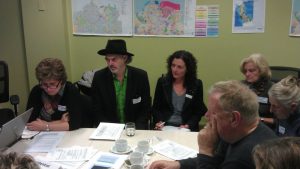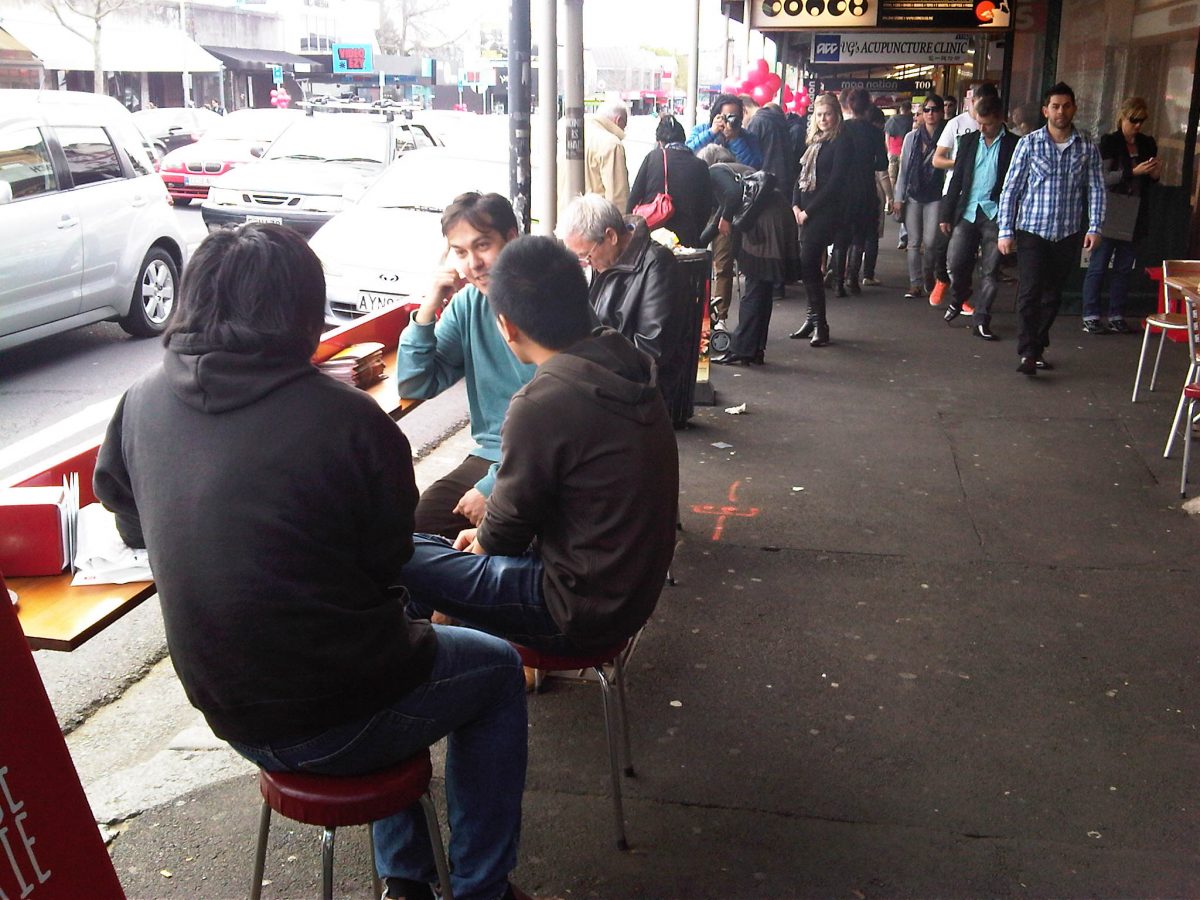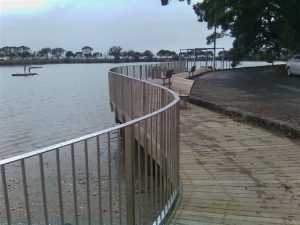Conference report back: Attendance at the Trafinz Conference Auckland 8/9 October
Reducing the True Cost of Road Safety
Introduction
I attended the Trafinz (New Zealand Traffic Institute) Conference 2012 on behalf of the Waitemata Local Board with funding from the Board’s professional development budget (Early registration of $390 +GST and return bus fares from Grey Lynn to Takapuna).
I found the conference to be invaluable for my role on the transport portfolio and my ability to contribute to quality decision making. The conference made me challenge my understanding of road safety and to ask questions about the responsibility I need to take as a politician in pushing for good solutions that will reduce road fatalities and injuries. I took away a completely new understanding of road safety in particular the application of “safe system principles”.
This report highlights the speakers of particular relevance.
Introducing Safe Roads – what will it take? Dr Soames Job, Road Safety Expert
Dr Soames introduced me to the concept of a “safe systems” approach to road safety for the first time. A concept that will be very familiar to transport professionals.
The question to ask is not what caused the crash but what caused the injury or death. The old model is wrong as it looks to find a percentage of each factor to blame. When in fact in every case it is 100% the road, 100% the vehicle and 100% the driver. If you can fix one of these conditions you can solve the problem.
The challenge is where to focus efforts and where to commit resources. What we can control is the safety of roads and the speeds. It is far harder to control vehicle design and almost impossible to control people. Humans are irrational, emotional and have an optimism bias so we should end the pretence that people’s errors can be stopped.
From this understanding of the issues Dr Soames made a number of specific suggestions as to how we can achieve safe roads that are relevant to the Waitemata Local Board area.
- In metropolitan areas the focus should be on the vulnerable road user not on vehicle occupants. This means reducing speeds, providing for separation of users and good urban design. The safe system principles are about reducing the energy absorbed by the body to survivable speeds.
- Prioritising safety over traffic flow. Traffic flow is too influential in spending and key decision. To calculate BCRs pedestrian time doesn’t count only drivers which is harming the extent to which we cater for the vulnerable road user. Voters blame government (politicians) for delays but not for deaths. The media also focus on traffic flows. We should NOT be prioritising traffic flows over fatalities
- Focus on speeds. Need to convince the community that speed is critical to safety (If you drive 65km in a 60km zone double the risk of critical injury). In particular we must see the value of speed management and that it is not about revenue raising
Dr Soames gave the example of France where the death toll has lowered far quicker than NZ because 500 new speed cameras are added each year (in NZ there are only 40 in total)
In another presentation about combining safe system principles and road safety education in schools Dr Soames outlined why safe systems are not adopted:
- We blame the victims. There are good psychological reasons for this. We don’t want to be a victim. Almost inevitable outcome of personal responsibility
- “People must take personal responsibility for their own safety” is the get out of jail free car of road management used by politicians and operators
- Community attitudes supporting risk & victim blaming – deaths are considered an inevitable and acceptable outcome for our mobility
He recommends the use of education to create demand for road safety. We also need political demand for safe systems and a refusal to except that any death is inevitable.
Children’s Travel in the Urban Environment Associate Professor Claire Freeman, University of Otago
How to make a city safe for children
- Reassert children’s right to be in the urban environment – right to be seen
- Make it normal to use active transport
- Reduce car dependency
- Skill development
- Realistic safety assessment of the dangers
- About getting everyone on the street
- Reassert local as a living space
Public Health effects of Transport Policy Dr Alex McMillan
I have already reported on a shorter version of this presentation from the Cycling summit but I think it is worthwhile to highlight again some of the key points from Alex’s work to develop a simulation model that assists with understanding the integrated social, health, climate change and benefits of a range of policies and procedures that could increase commuter active cycle transport
Basically if we take a combined best practice approach which involves building separated infrastructure we would achieve a 40% mode share by 2050 with a BCR of 20 ( it is a myth that people do not cycle because of the weather or because Auckland is too hilly). It all comes down to our funding priorities.
Role of Local Government in achieving road safety in NZ Cr Andy Foster, Wellington City Council President TRAFINZ
Andy presented a number of comments in conjunction with Dr Soames Job.
Key points
- Swedish approach – if it works – just do it
- The weakness of the Government’s safer journey’s document is that it has no targets
- Road safety is everyone’s responsibility
- Are we investing in the right place? – imbalance between investment between local roads and highways
- Safe systems is the way to go but we must be willing to mandate a safe system
- We should lower speed limit until it is safe. Need to reverse the onus – accepting traffic flow over safety
- Further education needed for other safety measures like wearing seat belts.
Conclusion
The conference delivered a hard message to transport operators and politicians that we must collectively take responsibility for road safety through a “safe system” approach. This means challenging some of our assumptions about what causes crashes and where to find solutions. We should not just accept that fatalities are inevitable but should have a zero goal.
One of the clearest roles we have is to insist on lowering the speed limit until it is safe and not prioritising traffic flows over safety. We must also insist on road builders building better roads that encourage safer speeds with space for all users.




















